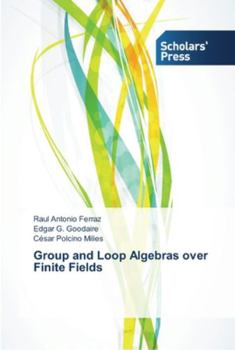Group and Loop Algebras over Finite Fields
In this, the 15th year of the 21st century, the need to translate plain text into code and to transmit securely, and the plethora of uses to which encryption is applied, needs no amplification. Recent methods have produced so-called cyclic codes, which have the property that if (a_1, a_2, a_3, ..., a_n) is a code word, then so is the cyclic shift (a_n, a_1, a_2, ..., a_{n-1}). The realization that such a code is an ideal in the group algebra of a cyclic group has motivated a large body of research into using group algebras to produce codes. In this area, the central theme is efficiency, '' a term that describes the need to maximize simultaneously both the Hamming distance between code words and the dimension of the code. Since an ideal in a semisimple group algebra KG corresponds to a central idempotent, and since a central idempotent is the sum of idempotents that generate the simple components of KG, the need to find these simple components is clear. This is the theme of the present monograph, which will interest many algebraists, including those who study Moufang loops and alternative rings. The groups studied are the building blocks of loops whose loop rings are alt
Format:Paperback
Language:English
ISBN:3639512685
ISBN13:9783639512687
Release Date:May 2015
Publisher:Scholars' Press
Length:148 Pages
Weight:0.50 lbs.
Dimensions:0.3" x 6.0" x 9.0"
Customer Reviews
0 rating





